Home>Gardening & Outdoor>Landscaping Ideas>What Type Of Grass Is Kentucky Bluegrass
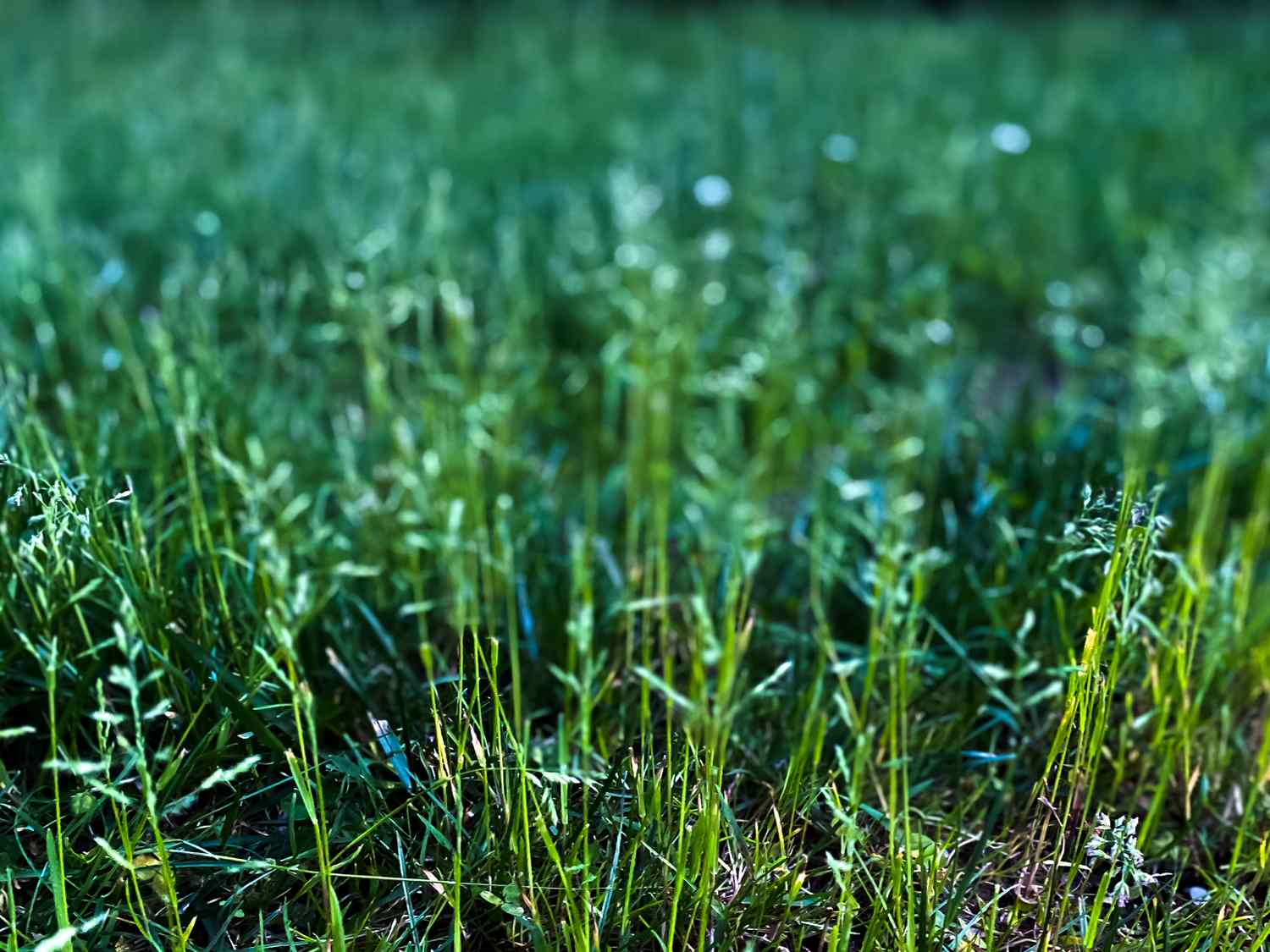

Landscaping Ideas
What Type Of Grass Is Kentucky Bluegrass
Published: January 28, 2024
Learn about the benefits of Kentucky bluegrass for landscaping ideas. Discover its characteristics and how to care for it in your lawn.
(Many of the links in this article redirect to a specific reviewed product. Your purchase of these products through affiliate links helps to generate commission for Storables.com, at no extra cost. Learn more)
Introduction
Kentucky bluegrass, scientifically known as Poa pratensis, is a cool-season grass that is widely recognized for its lush, emerald-green appearance and fine texture. It is a popular choice for lawns, parks, and athletic fields due to its durability, resilience, and aesthetic appeal. In this article, we will explore the characteristics, growing conditions, uses, and maintenance of Kentucky bluegrass, providing a comprehensive understanding of this versatile and beloved grass variety.
Key Takeaways:
- Kentucky bluegrass is a resilient and visually appealing grass, perfect for lawns and sports fields due to its lush, fine texture and ability to withstand foot traffic.
- To maintain Kentucky bluegrass, regular mowing, proper watering, fertilization, aeration, and weed control are essential for vibrant and enduring landscapes.
Read more: What Does Kentucky Bluegrass Look Like
Characteristics of Kentucky Bluegrass
Kentucky bluegrass is renowned for its vibrant green color, which adds a refreshing aesthetic to any landscape. Its fine texture and dense growth habit create a velvety appearance, making it a sought-after choice for lawns and ornamental purposes. This grass species exhibits excellent tolerance to foot traffic, making it an ideal option for high-traffic areas such as sports fields and playgrounds.
One of the distinguishing features of Kentucky bluegrass is its ability to spread through rhizomes, which are underground stems that enable the grass to form a dense and interconnected root system. This characteristic contributes to its self-repairing nature, allowing it to recuperate from damage caused by environmental stress or usage.
Furthermore, Kentucky bluegrass is known for its adaptability to a variety of soil types, including clay and loam. It thrives in regions with cool to moderate temperatures, making it well-suited for northern and transition zone climates. Its resilience to cold weather and ability to maintain color during cooler months make it a popular choice for winter overseeding.
Additionally, Kentucky bluegrass exhibits a moderate growth rate, requiring regular maintenance such as mowing and fertilization to uphold its lush appearance. This grass variety typically reaches a height of 1.5 to 2.5 inches when mowed, contributing to its manicured and refined look.
Overall, the characteristics of Kentucky bluegrass make it a versatile and visually appealing option for various landscaping and recreational applications, embodying the quintessential charm of traditional grassy landscapes.
Growing Conditions for Kentucky Bluegrass
Kentucky bluegrass thrives in environments that offer ample sunlight, making it well-suited for open lawns and recreational areas. It prefers full sun to partial shade, requiring at least 4 to 6 hours of direct sunlight daily for optimal growth. In shaded areas, it may struggle to establish and maintain its characteristic dense growth, making it essential to assess the sunlight exposure when selecting this grass variety for landscaping projects.
When it comes to soil conditions, Kentucky bluegrass exhibits a preference for well-drained soils with a slightly acidic to neutral pH level ranging from 6.0 to 7.5. It is important to ensure proper soil drainage to prevent waterlogging, which can impede the growth and health of the grass. Additionally, incorporating organic matter into the soil can enhance its fertility and structure, providing an ideal foundation for Kentucky bluegrass to flourish.
Proper irrigation is crucial for the successful cultivation of Kentucky bluegrass. While it displays moderate drought tolerance once established, regular watering is essential during dry periods to maintain its lush appearance and vitality. Deep, infrequent watering is recommended to encourage the development of a robust root system, contributing to the grass’s overall resilience and longevity.
For optimal growth, Kentucky bluegrass benefits from regular fertilization to ensure adequate nutrient levels in the soil. A balanced fertilizer with a nitrogen-phosphorus-potassium (N-P-K) ratio tailored for grasses can support its vigorous growth and vibrant color. It is advisable to follow a fertilization schedule that aligns with the grass’s active growth phases, typically in early spring and late fall, to promote healthy development and sustainability.
In regions with harsh winters, Kentucky bluegrass may benefit from overseeding with cool-season grasses to maintain year-round greenery. This practice involves sowing grass seeds over existing turf to supplement the lawn’s appearance during colder months, ensuring consistent coverage and visual appeal.
By providing the appropriate growing conditions, including sunlight exposure, soil quality, irrigation, and fertilization, individuals can cultivate thriving lawns and landscapes adorned with the enduring beauty of Kentucky bluegrass.
Kentucky bluegrass is a cool-season grass that is known for its rich green color and fine texture. It is commonly used in lawns, golf courses, and athletic fields due to its ability to withstand heavy foot traffic and its high tolerance for cold temperatures.
Uses of Kentucky Bluegrass
Kentucky bluegrass is a versatile and popular choice for a wide range of landscaping and recreational applications, owing to its aesthetic appeal, resilience, and adaptability. One of its primary uses is in residential and commercial lawns, where its lush, fine-textured appearance enhances the visual appeal of outdoor spaces. The dense growth habit of Kentucky bluegrass creates a velvety carpet-like effect, contributing to the classic charm of well-manicured lawns.
Furthermore, Kentucky bluegrass is frequently employed in the establishment and maintenance of parks, golf courses, and athletic fields. Its ability to withstand heavy foot traffic and recover from wear makes it an ideal option for areas that experience frequent use. The grass’s durability and ability to maintain its vibrant color under moderate to high wear conditions contribute to its widespread utilization in recreational and sports settings.
In addition to its ornamental and functional uses, Kentucky bluegrass serves as a valuable component in erosion control and soil stabilization efforts. Its robust root system and dense growth help mitigate soil erosion, making it a beneficial choice for landscaping projects in areas prone to erosion, such as slopes and embankments. By anchoring the soil and reducing surface runoff, Kentucky bluegrass contributes to the preservation of landscapes and the prevention of sedimentation in water bodies.
Moreover, this grass variety is often incorporated into mixed grass seed blends for diverse landscaping purposes. Its compatibility with other cool-season grasses allows for the creation of custom turf mixes tailored to specific environmental conditions and aesthetic preferences. Whether used in combination with fescue and ryegrass for diverse lawn compositions or as a standalone grass species, Kentucky bluegrass offers flexibility and versatility in landscaping endeavors.
Another notable use of Kentucky bluegrass is in pasture and forage applications, where it serves as a nutritious feed source for livestock. Its palatability and nutritional value make it a favored choice for grazing animals, contributing to the maintenance of healthy pastures and supporting livestock husbandry practices.
Overall, the diverse uses of Kentucky bluegrass underscore its significance in landscaping, recreational, and agricultural settings, showcasing its adaptability and multifaceted contributions to various outdoor environments.
Maintenance and Care for Kentucky Bluegrass
Effective maintenance and care practices are essential for preserving the health, vigor, and visual appeal of Kentucky bluegrass lawns and landscapes. By implementing proper care routines, individuals can ensure the longevity and resilience of this beloved grass variety, contributing to vibrant and inviting outdoor spaces.
Regular mowing is a fundamental aspect of Kentucky bluegrass maintenance. Keeping the grass at an optimal height of approximately 2 to 3 inches promotes a manicured appearance and encourages healthy growth. It is advisable to adhere to the one-third rule, which involves removing no more than one-third of the grass blade length during each mowing session to prevent stress and maintain the grass’s lush density.
Furthermore, adequate and consistent watering is crucial for the well-being of Kentucky bluegrass. While it exhibits moderate drought tolerance, providing approximately 1 to 1.5 inches of water per week, either through rainfall or irrigation, supports its growth and vitality. Deep, infrequent watering sessions encourage the development of robust root systems, enhancing the grass’s resilience and ability to withstand environmental stressors.
Fertilization plays a pivotal role in sustaining the health and vibrancy of Kentucky bluegrass. Applying a balanced fertilizer with the appropriate nitrogen, phosphorus, and potassium levels promotes vigorous growth and vibrant coloration. It is recommended to conduct a soil test to determine the specific nutrient requirements of the grass, allowing for targeted and effective fertilization practices that align with its needs and growth cycles.
Regular aeration is beneficial for Kentucky bluegrass lawns, as it alleviates soil compaction and enhances air and water penetration, fostering a conducive environment for healthy root development. Core aeration, which involves removing small plugs of soil from the lawn, promotes improved nutrient uptake and root expansion, contributing to the grass’s overall well-being.
Additionally, proactive weed control measures are essential for maintaining the pristine appearance of Kentucky bluegrass landscapes. Implementing integrated weed management strategies, including pre-emergent herbicide applications and manual weed removal, helps prevent weed encroachment and preserves the uniformity and aesthetic quality of the grass.
Lastly, routine dethatching, overseeding, and pest management are integral components of Kentucky bluegrass maintenance, ensuring the sustained health and resilience of the grass in diverse environmental conditions.
By adhering to comprehensive maintenance and care practices tailored to the specific needs of Kentucky bluegrass, individuals can nurture lush, vibrant, and enduring landscapes that embody the timeless allure of this esteemed grass variety.
Conclusion
In conclusion, Kentucky bluegrass stands as a quintessential choice for landscaping, recreational, and agricultural applications, embodying a blend of aesthetic charm, resilience, and adaptability. Its lush, emerald-green appearance and fine texture make it a favored option for lawns, parks, and athletic fields, enhancing outdoor environments with timeless elegance and functionality.
The enduring appeal of Kentucky bluegrass lies in its ability to thrive in diverse growing conditions, ranging from full sun to partial shade, and its adaptability to various soil types. Its self-repairing nature, facilitated by rhizome spreading, contributes to its resilience in high-traffic areas, making it an ideal choice for spaces that experience frequent use.
From residential lawns to expansive recreational landscapes, Kentucky bluegrass serves as a versatile and visually captivating grass variety, offering a myriad of uses that span from ornamental and erosion control purposes to pasture and forage applications. Its compatibility with other cool-season grasses further expands its utility, allowing for custom turf blends tailored to specific environmental and aesthetic requirements.
Effective maintenance and care practices, including regular mowing, proper watering, fertilization, aeration, and weed control, are essential for upholding the health and vibrancy of Kentucky bluegrass landscapes. By implementing these measures, individuals can sustain the enduring beauty and resilience of this esteemed grass variety, fostering inviting and enduring outdoor spaces.
Overall, Kentucky bluegrass stands as a testament to the enduring allure of traditional grassy landscapes, offering a harmonious blend of visual appeal, functionality, and adaptability. Whether adorning residential lawns, recreational fields, or pastoral settings, its timeless charm and versatility continue to enrich outdoor environments, embodying the enduring legacy of this beloved grass species.
Frequently Asked Questions about What Type Of Grass Is Kentucky Bluegrass
Was this page helpful?
At Storables.com, we guarantee accurate and reliable information. Our content, validated by Expert Board Contributors, is crafted following stringent Editorial Policies. We're committed to providing you with well-researched, expert-backed insights for all your informational needs.
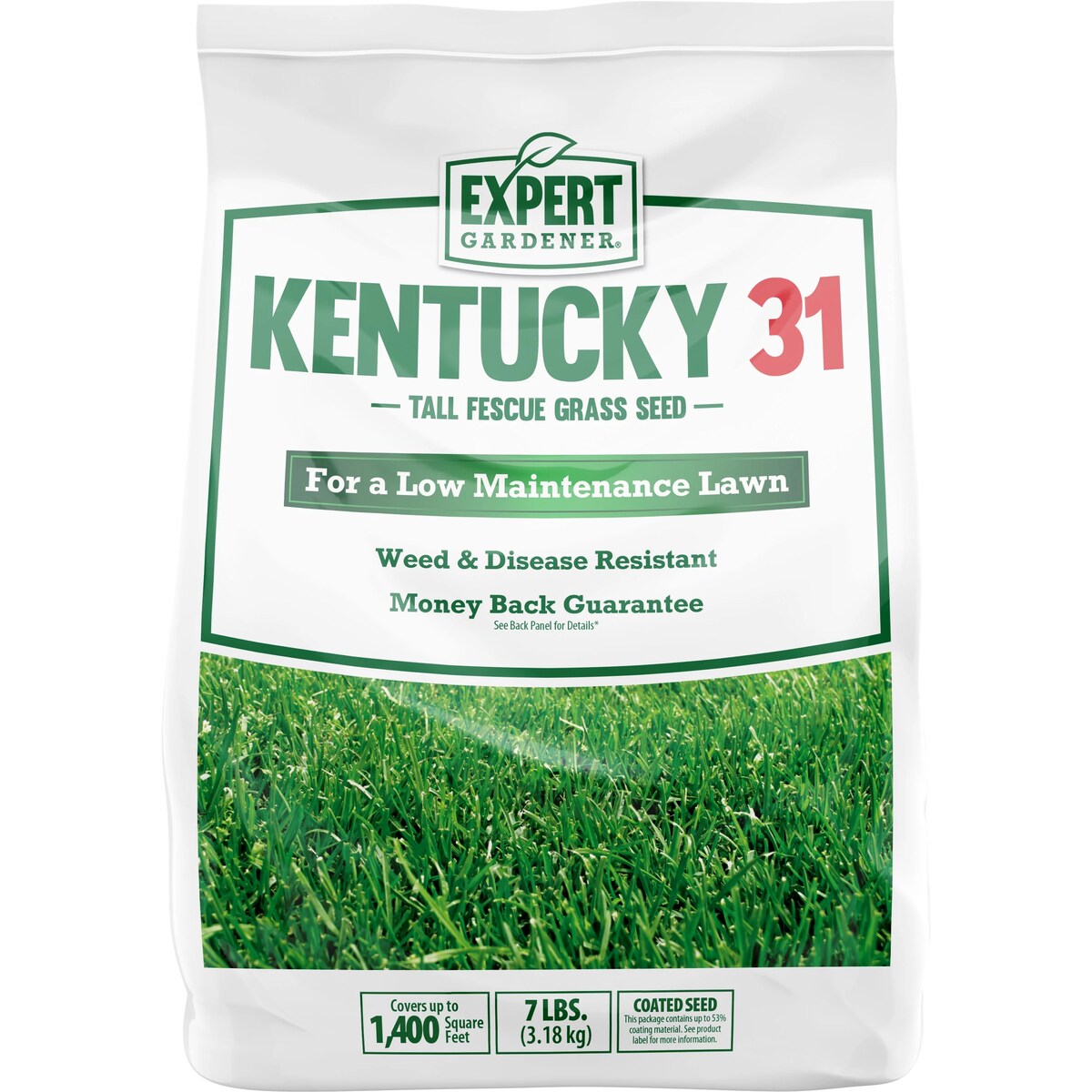
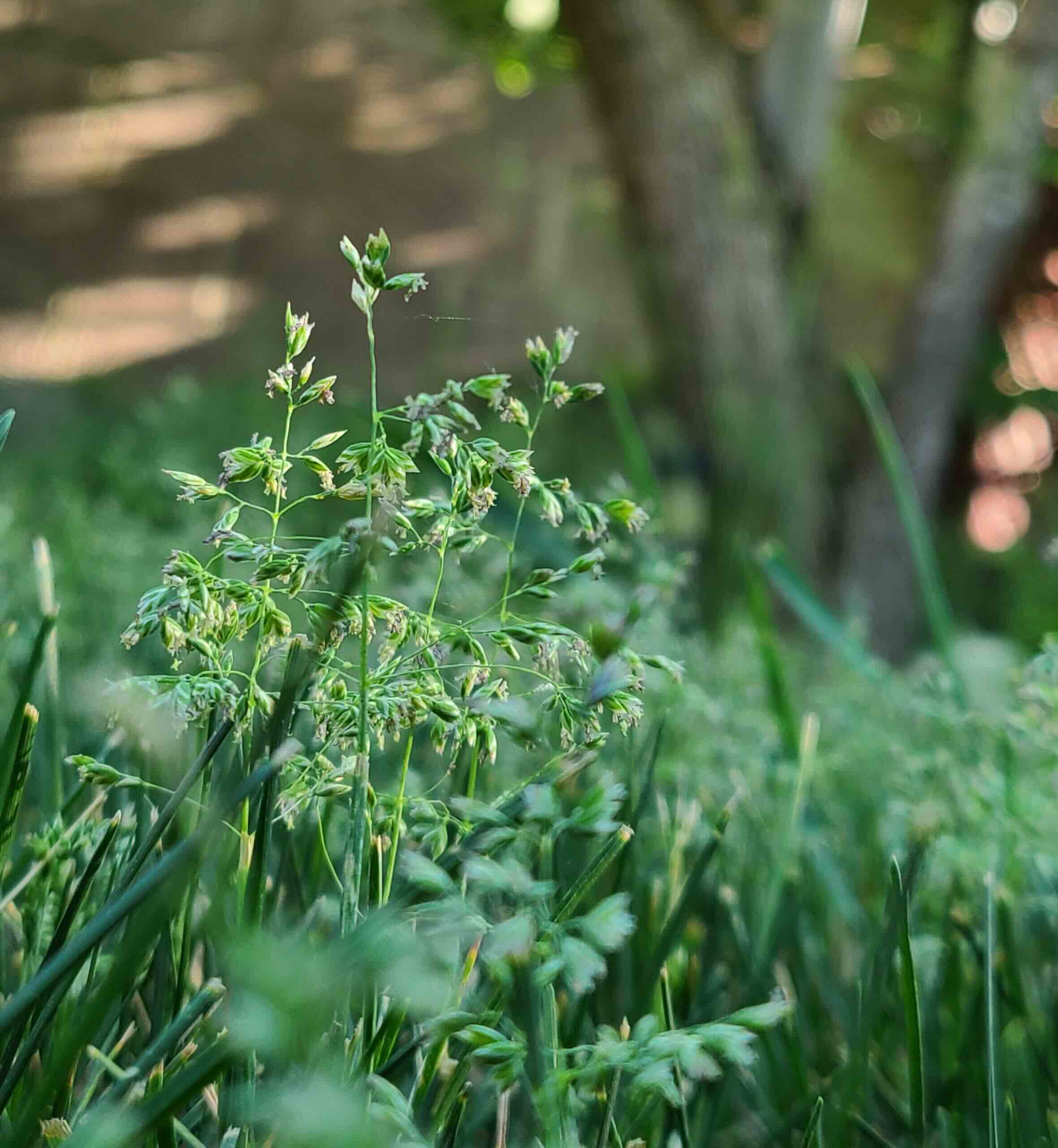
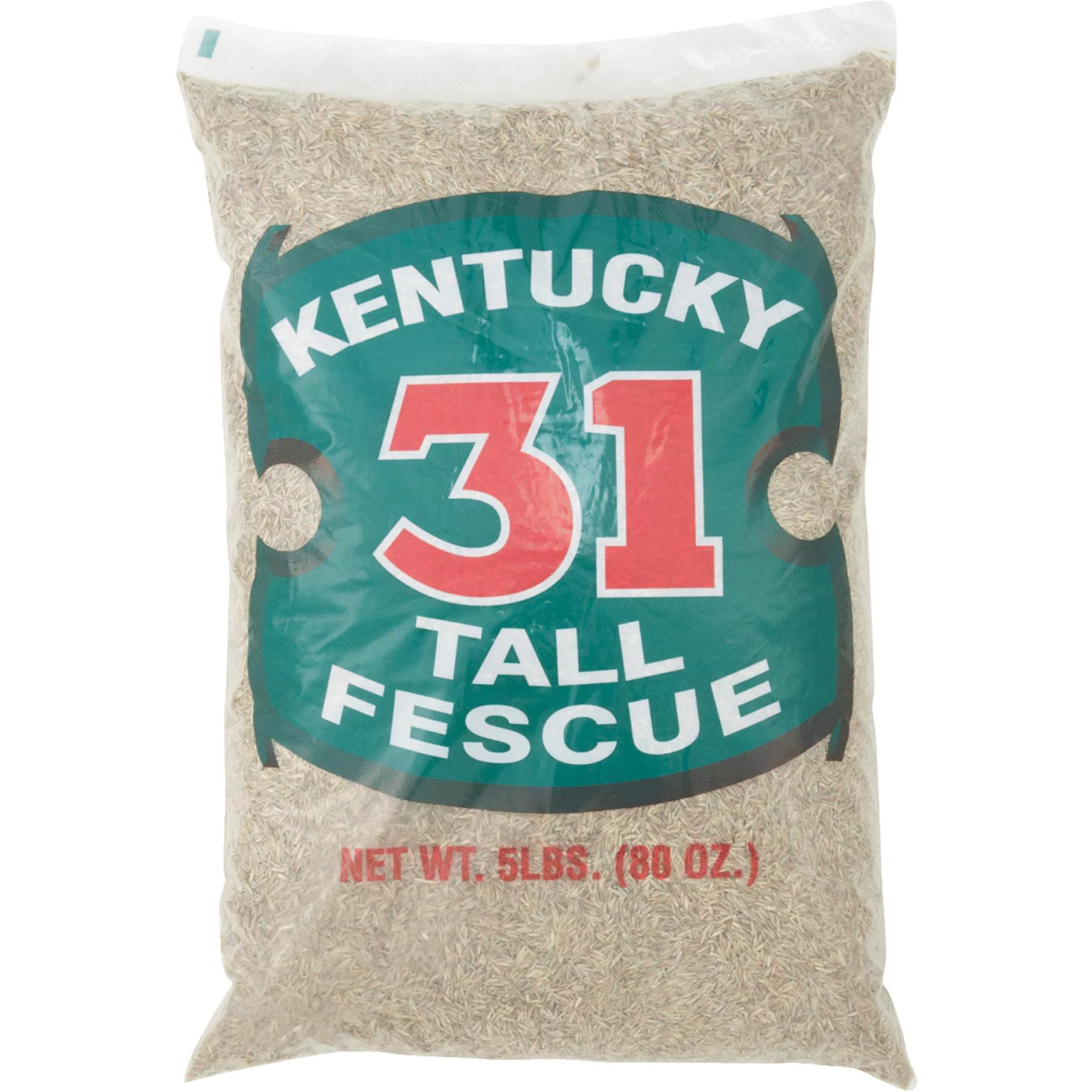
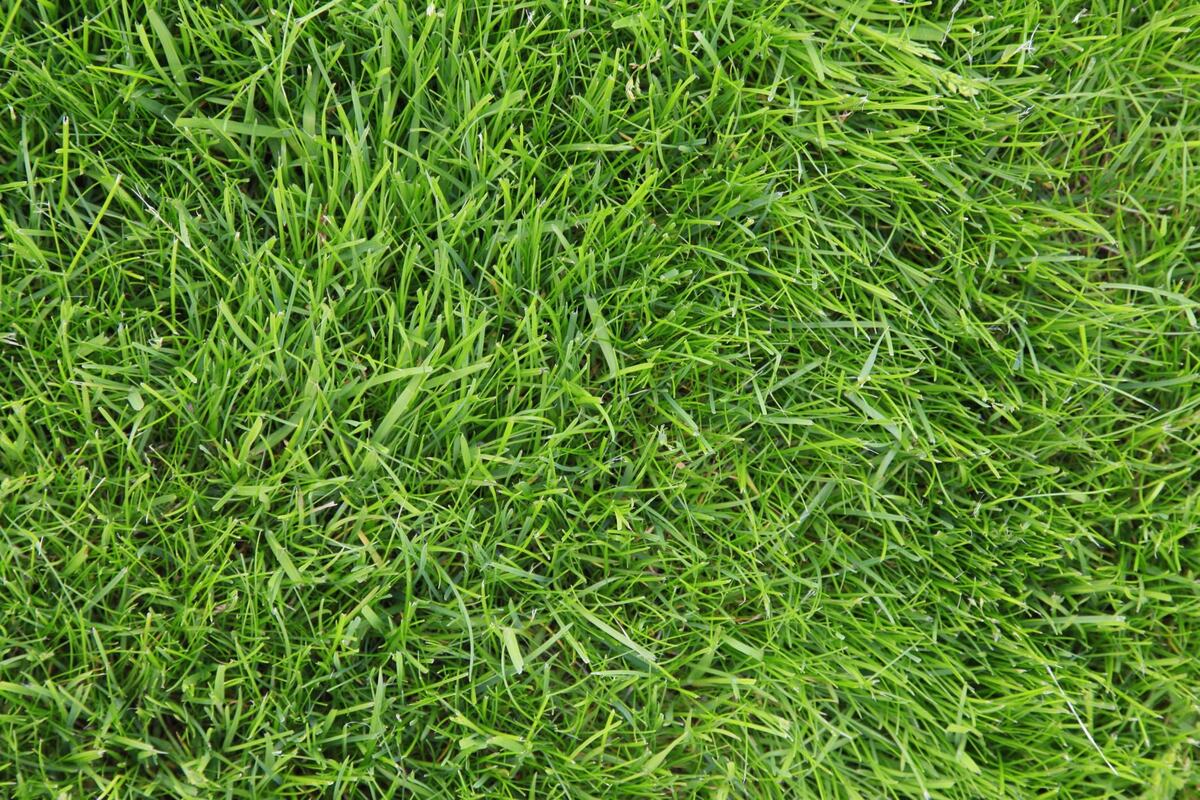
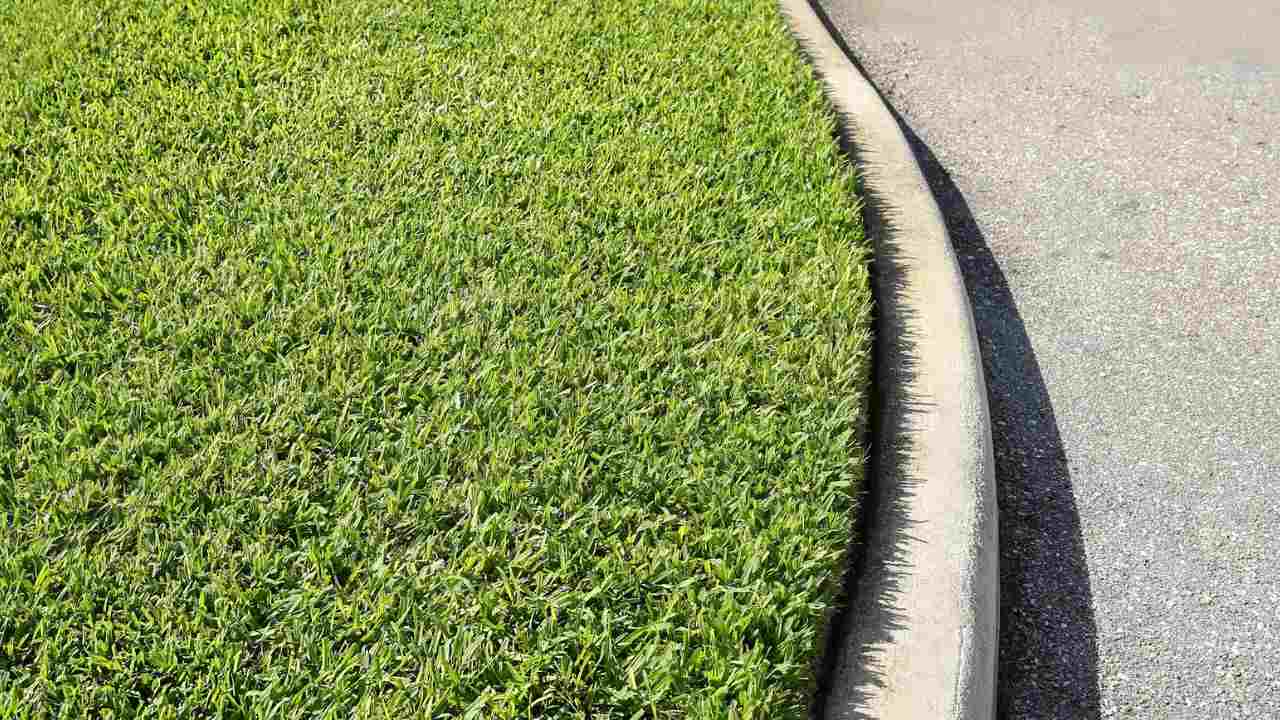
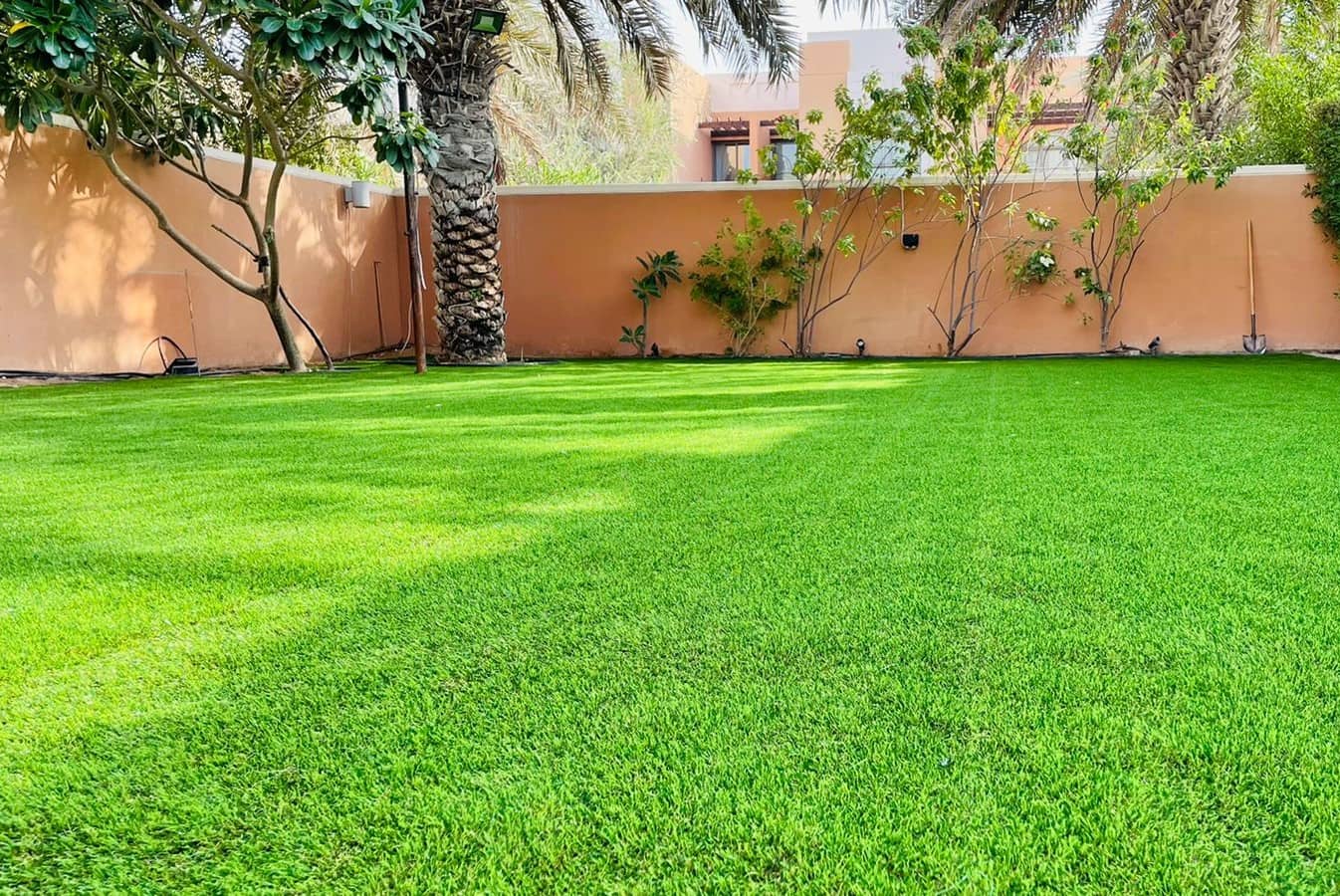
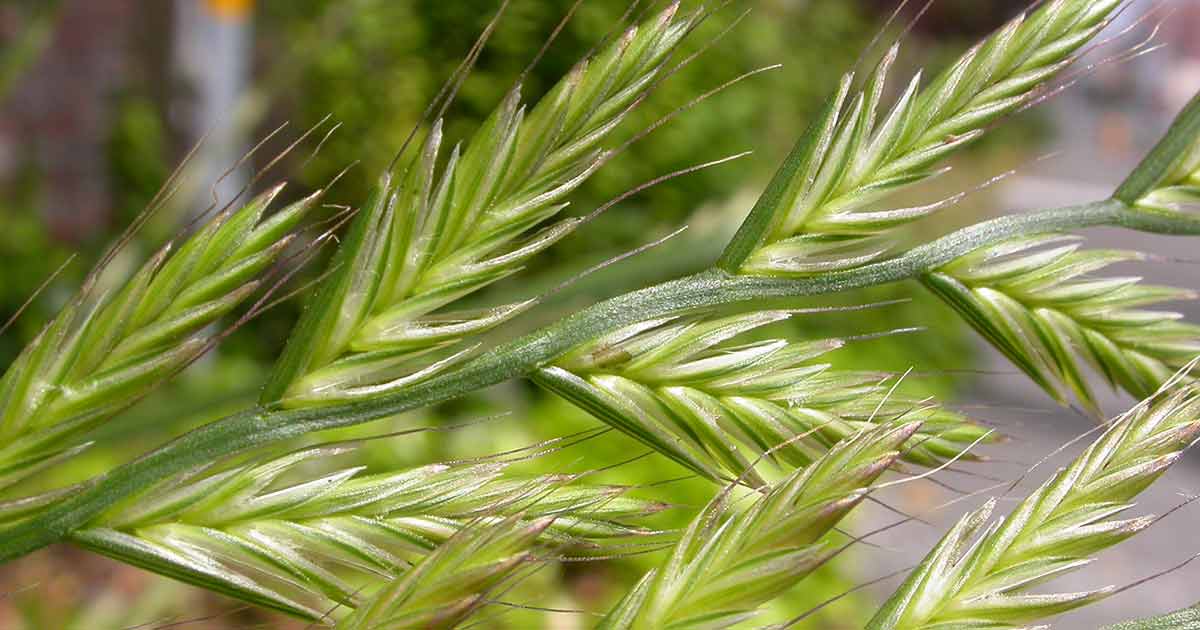
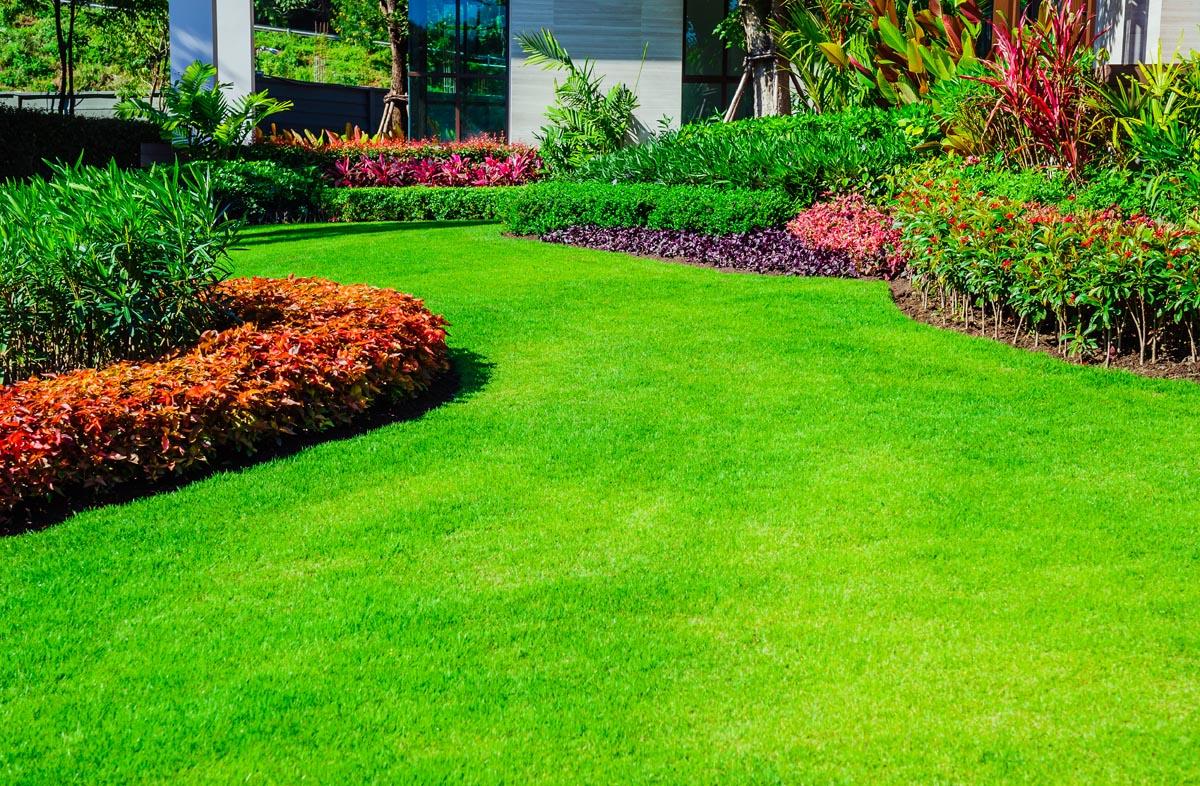
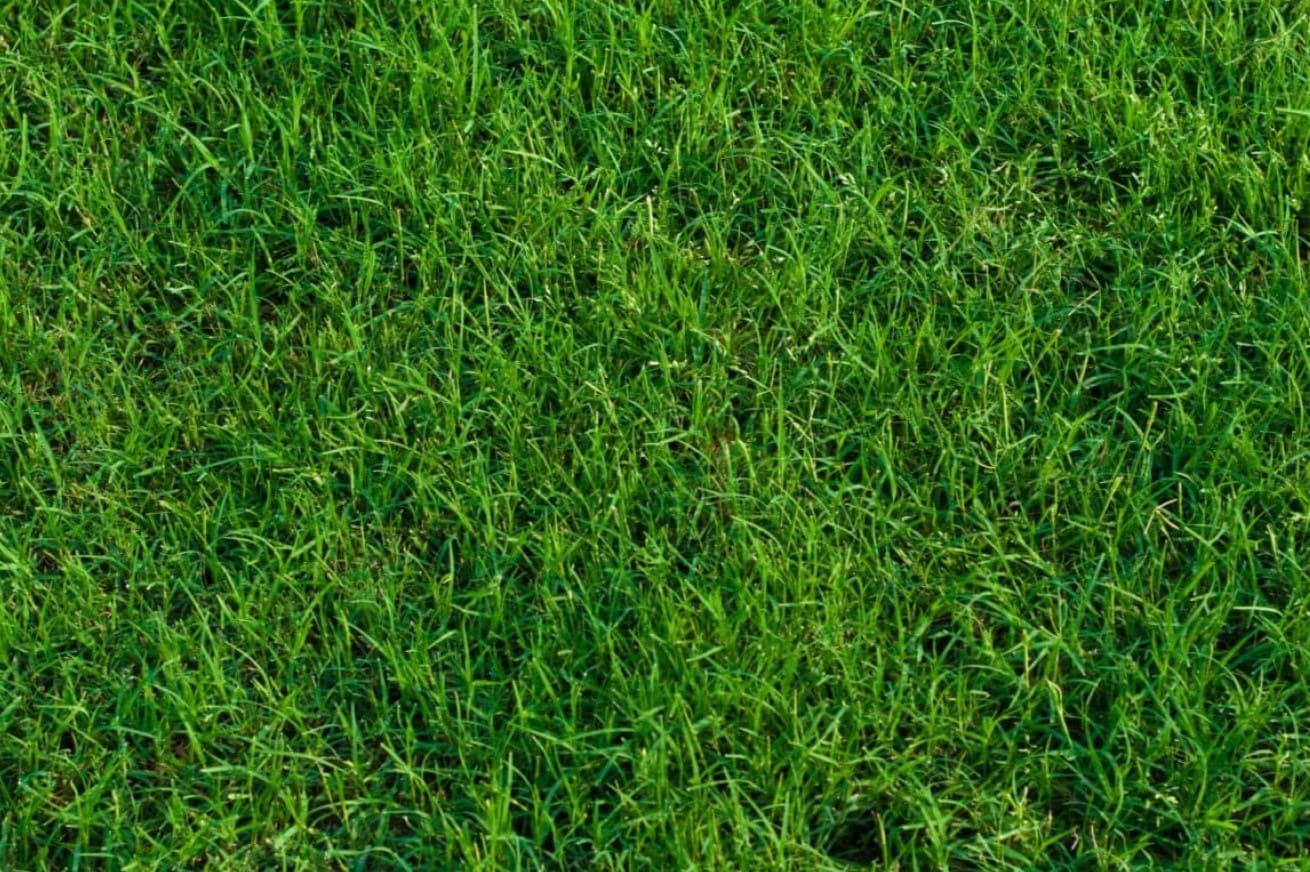
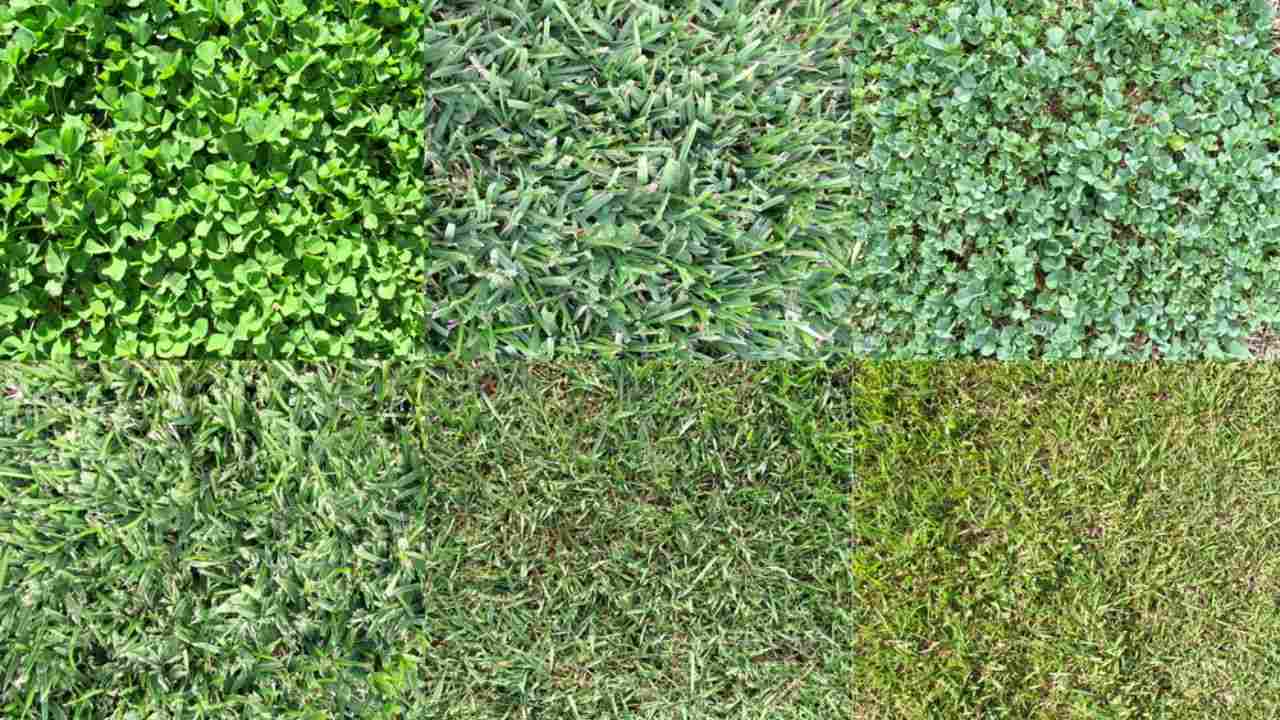
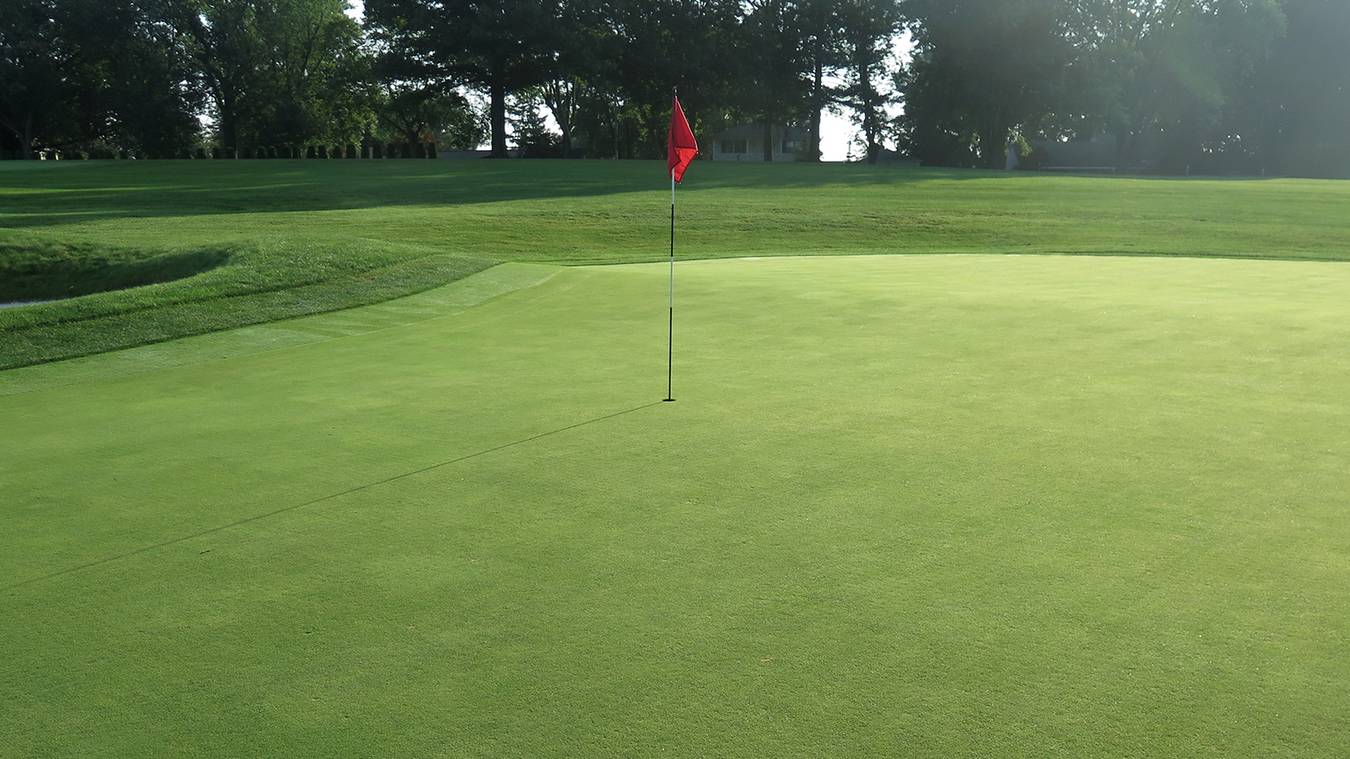
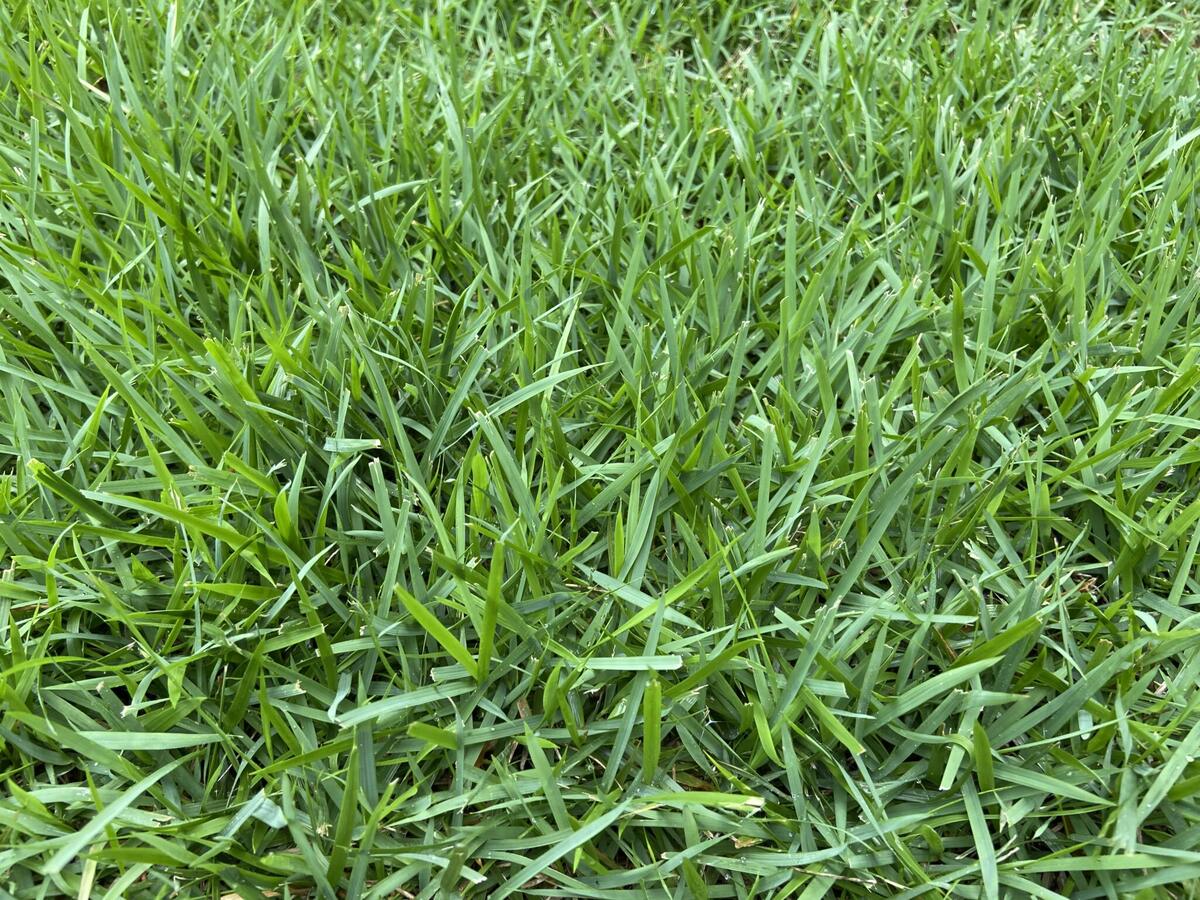
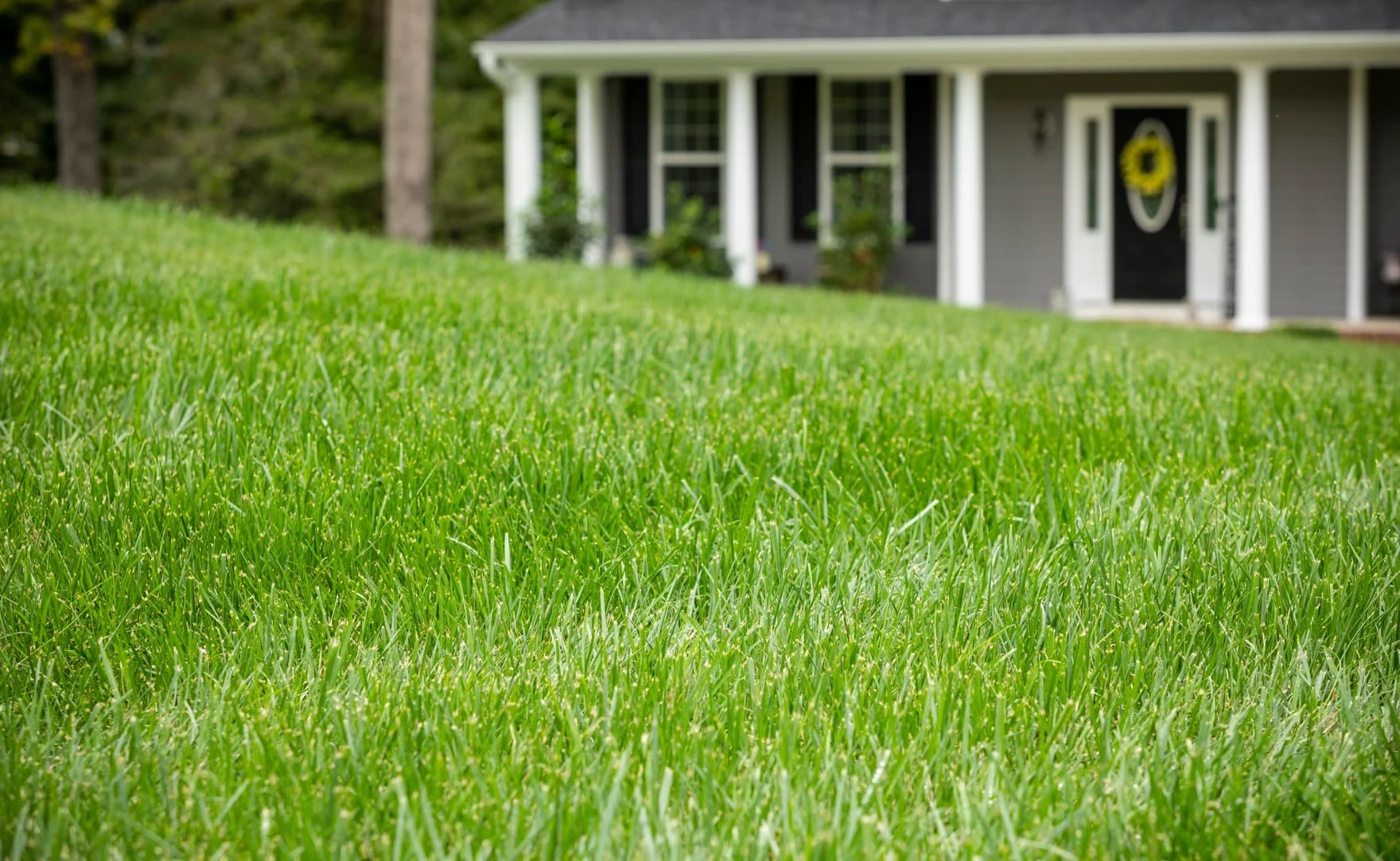
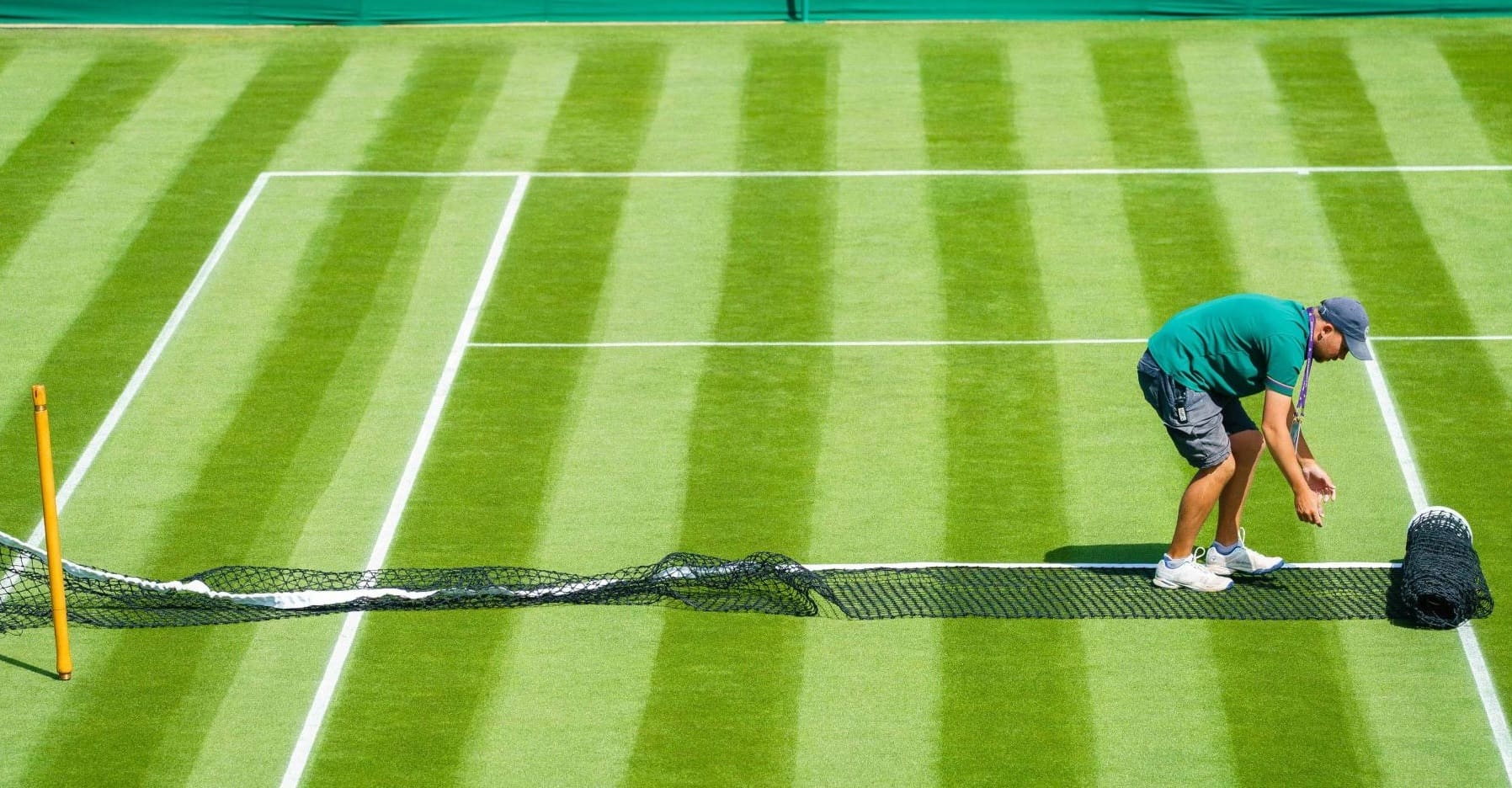

0 thoughts on “What Type Of Grass Is Kentucky Bluegrass”